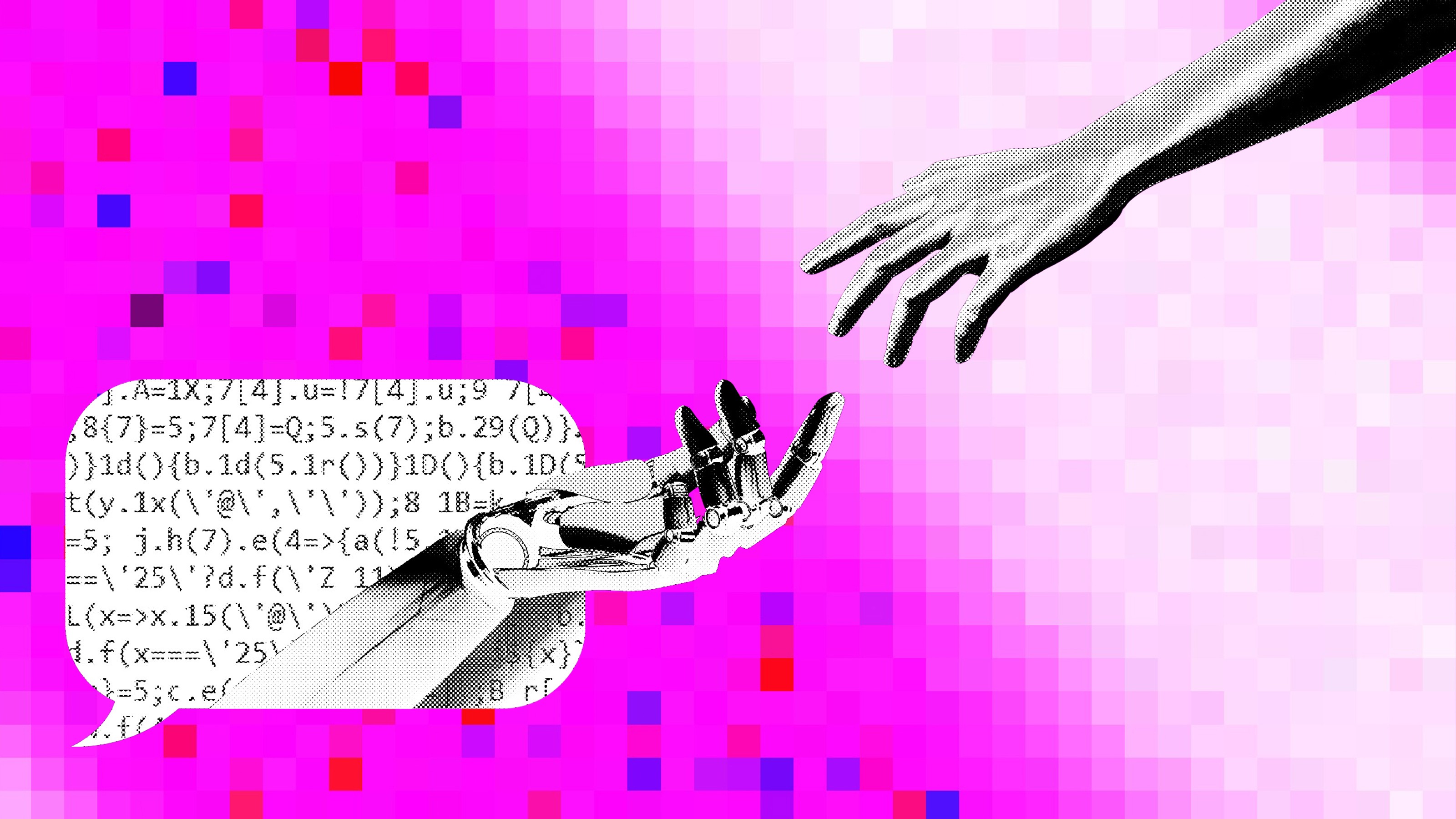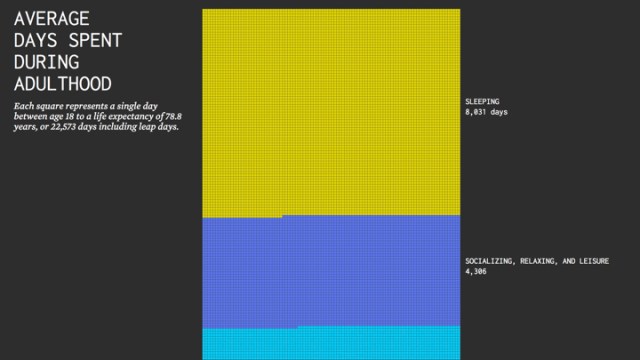3 Techniques for Overcoming Anxiety

Anxiety is stifling. Being on edge affects every facet of life, from existential crises to overreacting when the barista gets an order wrong. Yet as a physiological response, anxiety can be not only mitigated but actually worked with. Through practices like the Tibetan Buddhist tonglen (giving and taking) and through cognitive reframing, anxiety can be transformed into a source for deeper self-understanding, compassion, and contentment.
So thinks Tibetan Buddhist nun Pema Chödrön, who calls this place of frustration and confusion “the squeeze.” It’s the point in which we feel stuck, caught, with no escape—trapped between “the upliftedness of our ideas and the rawness of what’s happening in front of our eyes.” Rather than seeking an out, her advice is to dive right into the source of the suffering, the foundation of your anxiety. Both during a tonglen practice and while navigating through life on a daily basis, anxiety can be a catalyst for growth.
The distance between philosophy and practice is vast if you allow it to be so. Putting Chödrön’s ideas into action is daunting; confronting the source of anxiety and suffering is no easy task. Yet something incredible happens in the attempt. If you’re open to such a practice, it works.
A few years ago I went through a divorce. Shortly after I faced two surgeries in eleven months, one for cancer, the other for knee surgery. In each situation I followed Chödrön’s guidelines. And in each case, I allowed myself to fully experience the physical and emotional sensations associated with my predicament. It offered a sense of confidence that translated into seeking contentment in every situation.
Even in smaller struggles Chödrön’s methodology proves fruitful. I’m writing this article with a strained biceps brachii, which occurred during a kettlebell workout. It was an overuse injury—I teach four kettlebell classes a week and increased my weight too quickly. As I teach a dozen fitness and yoga classes every week, being injured is frustrating. Rather than being consumed by that overambitious morning, I sought alternatives, which translated into more studio cycling and Pilates. Reframing my situation keeps me progressing.
We often wait for guidance for the big problems—cancer, divorce, death—but allow smaller issues to collect and affect our lives in seemingly understated though chronic ways. Our relationship to stressors is like background noise, ever present yet rarely noticed. Still it’s there, affecting our nervous system subconsciously, helping direct our actions in ways we don’t realize.
The application of the following three techniques work for anxieties large and small. They can be practiced during meditation as well as in life. Applying them is both a discipline and a mindset. Instead of avoiding anxiety you use it to your advantage. You harness the physiological changes in your body as potential energy for positive change. Then you apply it to your personal situation in hopes of transforming stress into progress.
Go to the Places that Scare You
A basic meditation technique is to notice thoughts as thoughts, constructs created by your mind, the neuronal firings orchestrated in and by your brain. If you can label a thought as a thought without judgment—this is a good thought about a personI love: this is a bad thought about a terrible situation—you step away from your investment in the content of the thought. As Chödrön writes,
Meditation practice is how we stop fighting with ourselves, how we stop struggling with circumstances, emotions or moods.
When you label thoughts as thoughts you loosen up demands of winning or losing and simply relax into what is. If you can accomplish this in places that frighten you you’ll no longer fall victim to thoughts accompanying fearful situations. Sometimes unfortunate events occur; at such times your response is indicative of your character.
But many emotional problems are self-created. When obsessing over such thoughts we create the circumstances for them to manifest. By contrast confronting pain lessens the possibility of such a manifestation. If you’ve worked through the physical-emotional sensations associated with the source of the pain, there’s nothing left to fear.
Use Poison as Medicine
In Indian mythology an epic struggle resulted in the churning of the ocean of milk. During this fight between the forces of good and evil a poison, Halahala (black mass), was released from the serpent demon Vasuki’s mouth. All of creation would have been destroyed had Shiva not consumed the poison, resulting in his nickname, Neelakantha (blue-throated one).
Chödrön says to act like Shiva and swallow the poisons of your life. She notes that three poisons afflicting humanity are passion, aggression, and ignorance. Instead of suppressing these poisons, she advises to use them so that “they become seeds of compassion and openness.” She continues,
When suffering arises, the tonglen instruction is to let the story line go and breathe it in—not just the anger, resentment or loneliness that we might be feeling, but the identical pain of others who in this very moment are also feeling rage, bitterness, or isolation.
Since these poisons are part of the human condition it’s senseless to deny their existence.In attempting to understand the suffering of others—by engaging in empathy—we move toward difficulties with a softer edge, refusing to back down. This helps us deal with our own suffering better. Poison that helps you grow is useful medicine. But if you treat it like poison it can destroy you in the long run.
Regard What Arises as Awakened Energy
Instead of viewing yourself as having a “good” and “bad” side, treating every experience as part of your experience aids in the path to contentment. Instead of being trapped in feelings of guilt, shame, and being wrong, Chödrön suggests befriending such seemingly conflicting feelings. By doing so you “dissolve this sense of dualism” between your “sides.”
This is especially daunting if you have regrets. Pretending life would have turned out splendidly if only you did this or that in the past keeps you trapped in history, unable to face the present moment. Beautifying tragedies is not helpful, nor is avoiding conflict. At every step being able to take responsibility for your actions and reactions to situations beyond your control allows you to find comfort even in the most uncomfortable situations. This is the practice.
Chödrön concludes,
In terms of everyday experience, these methods encourage us not to feel embarrassed about ourselves.… Chaos is part of our home ground. Instead of looking for something higher or purer, work with it just as it is.
A daunting task for an animal vigilant on displaying its beauty and glory at every turn. Smoothing out the rough edges requires handling them directly, however. Glossing over them or prettying them up does not serve you, and so diving straight into the source of anxiety yields much more beneficial results.
—
Derek’s next book, Whole Motion: Training Your Brain and Body For Optimal Health, will be published on 7/17 by Carrel/Skyhorse Publishing. He is based in Los Angeles. Stay in touch on Facebook and Twitter.





